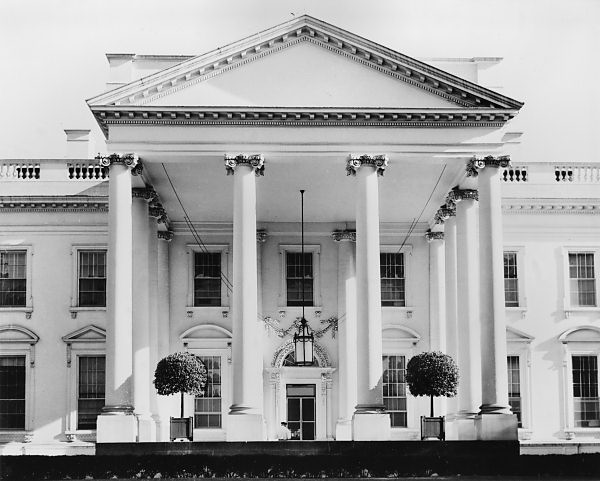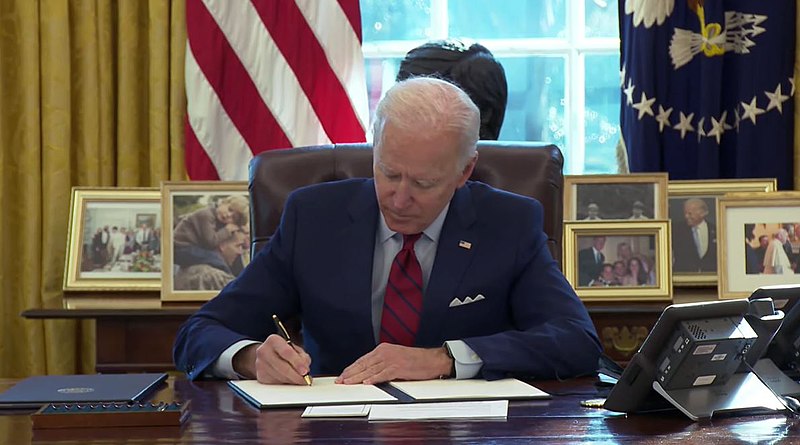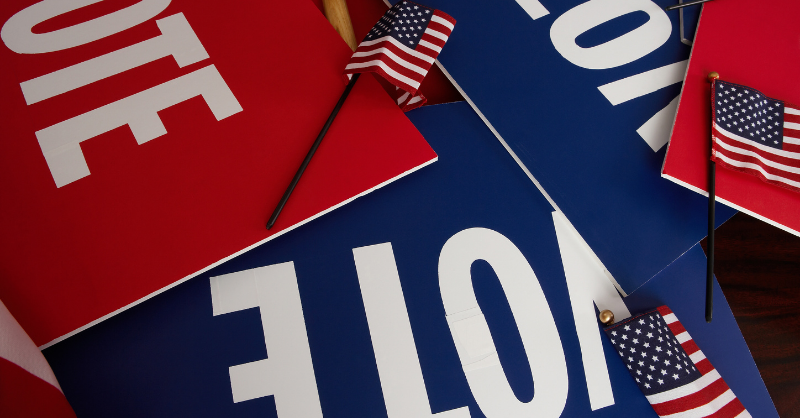Tag: executive orders
-
President Donald Trump’s rate of issuing new executive orders decreases again in June

President Donald Trump (R) issued nine executive orders in June, bringing his total to 166. To view the titles and text of each order he issued in June, click here. Trump issued 46 executive orders in January 2025, more than any other month of his presidency. With only nine orders, June 2025 marks the month…
-
President Donald Trump (R) has issued most executive orders in the first 100 days of his presidency since Franklin Delano Roosevelt (D)

As of March 23, 2025, President Donald Trump (R) has issued 98 executive orders so far in his second presidential term. This is the most executive orders issued by a president during the first 100 days of an administration since Franklin Delano Roosevelt (D), who issued 99 orders during that timeframe. Recent orders issued by…
-
Summary of Trump’s first-term executive orders on the administrative state that Biden repealed in 2021

Donald Trump (R) is set to be sworn in as the 47th president on January 20, 2025. After succeeding Trump in 2021, President Joe Biden (D) signed 42 executive orders in his first 100 days in office, 21 of which directly aimed at revoking Trump administration actions. Ballotpedia tracked five Biden executive orders, enacted in…
-
Joe Biden (D) issued one executive order in September

President Joe Biden (D) issued one executive order in September, bringing his total to 142. The order he issued in September was: Biden issued 25 executive orders in January 2021, more than any other month of his presidency. He did not issue any executive orders in November 2022, January 2023, January 2024, May 2024, and…
-
Biden issued two executive orders in July

President Joe Biden (D) issued two executive orders in July, bringing his total to 141. The two orders he issued in July were: Biden issued 25 executive orders in January 2021, more than any other month of his presidency. He did not issue any executive orders in November 2022, January 2023, January 2024, and May…
-
Joe Biden issued four executive orders in March

President Joe Biden (D) issued 4 executive orders in March, bringing his total to 137. The four orders he issued in March were: Biden issued 25 executive orders in January 2021, more than any other month of his presidency. He did not issue any executive orders in November 2022, January 2023, and January 2024. Biden…
-
Joe Biden issued three executive orders in February

President Joe Biden (D) issued three executive orders in February, bringing his total number to 133. The three orders he issued in February were: Biden issued 25 executive orders in January 2021, more than any other month of his presidency. He did not issue any executive orders in November 2022, January 2023, or January 2024.…
-
Biden did not issue any executive orders in January

President Joe Biden (D) did not issue any executive orders in January, keeping the total for his presidency at 130. Additionally, Biden issued the fewest executive orders in one year of his presidency in 2023. In 2023, Biden issued 24 executive orders, fewer than in 2022 (29) and 2021 (77). Biden has issued 130 executive…
-
State governors issue 48 executive orders from Nov. 27-Dec. 10

State governors issued 48 executive orders from Nov. 27-Dec. 10. Georgia Gov. Brian Kemp (R) led the field with 25, followed by Florida Gov. Ron DeSantis (R) with 13. Governors in 41 states issued the fewest orders with zero. Governors use executive orders to manage executive branch operations. The 48 account for 3% of the…

